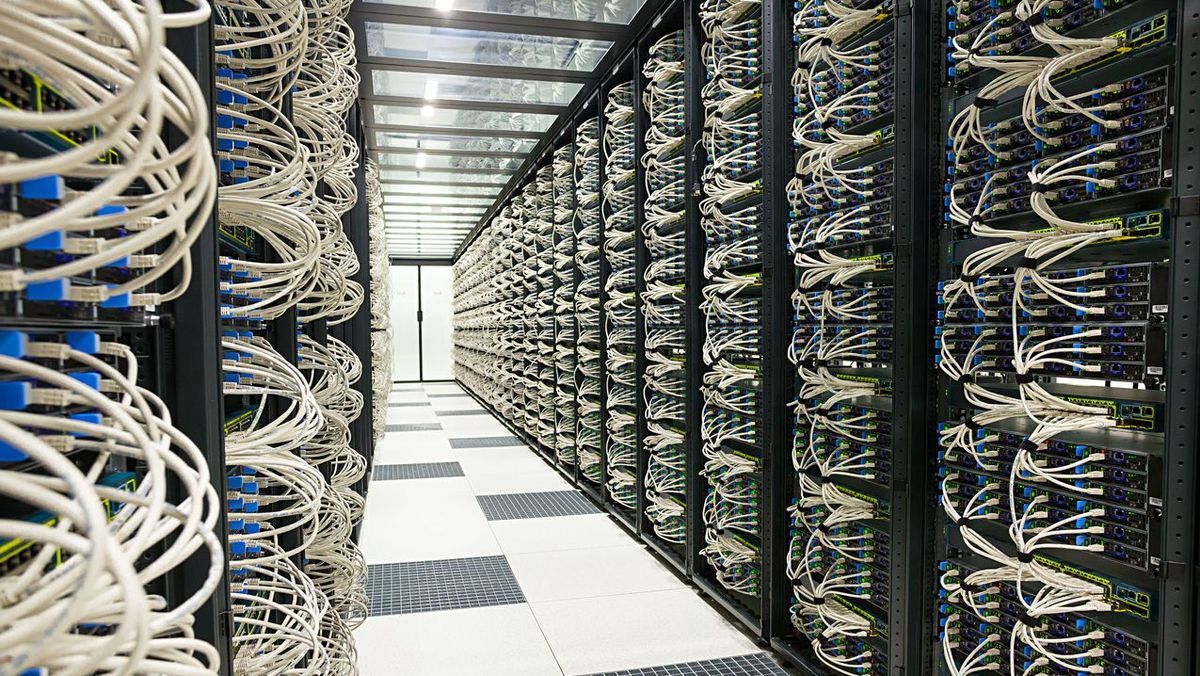In 2024, the average business was spending 30% more on the cloud than the previous year, and much of this increase can be attributed to the increase in generative tools of AI. From advanced chatbots to sophisticated automatic learning models, the 'AI Rush' is remodeling the industries, and with it, the infrastructure necessary to support these advances.
However, this explosion of demand comes with significant challenges. The lodging of workloads centered on AIs requires a substantial capital expense (CAPEX) for specialized high -performance hardware, such as GPU, TPU, Custom IA chips and energy intensive cooling systems to avoid overheating. To this complexity is added the unpredictable nature of AI workloads, which fluctuate largely during the test and implementation phases.
Together, these factors make the achievement of the economies of scale observed in traditional cloud services a significant obstacle. However, the turning point is in sight: advances in technology and changes in the IA ecosystem are transforming these challenges into opportunities, racing the way for suppliers of administered clouds to redefine how workloads are housed of ia.
Co -founder and director of Hyve Managed Hosting.
The key trends that lead the inflection point of AI
1. Advances in hardware and efficiency
The specialized AI hardware is evolving rapidly, reducing energy consumption and improving profitability. For example, the NVIDIA tensioner GPUs deliver up to nine times the training performance of their predecessors, which makes them a change of play for AI workloads. Similarly, modular the AI chips, such as those developed by brain systems, allow a more efficient scale of AI models, optimizing both performance and energy use.
These innovations make the AI applications housing more efficient, reducing costs while maintaining high -performance business demand. As hardware continues to improve, the barrier to house workloads of scale is gradually reduced.
2. Emerging models of Ai-AA-Service
One of the most significant changes in the AI ecosystem is the emergence of A-As-A-Service (AIAA). By offering AI solutions on a subscription, administered cloud suppliers eliminate the need for companies to invest strongly in initial infrastructure. AIAA allows companies to deploy technologies quickly and climb implementations efficiently, promoting broader adoption even among companies without extensive IT budgets.
3. Increased accessibility of AI for SMEs
Small and medium enterprises (SME) have historically faced challenges that adopt advanced AI due to prohibitive costs and internal limited experience. The emergence of AIAA models will change the game, letting SME take advantage of the AI without breaking the bank.
With managed service providers who handle heavy work, from infrastructure management to IA implementation, SMEs can focus on applying AI to their specific commercial challenges. Whether you automate routine tasks, improve customer experience or optimize supply chains, these smaller players will now have the opportunity to compete with larger companies in the AI.
4. Scale economies Reduction of driving costs
As IA is adopted more widely in all companies and industries, cloud suppliers will reach the critical mass necessary to achieve economies of scale, reducing the cost per unit of the housing of AI. This progress is reducing entry barriers to companies, which allows suppliers to improve their offers while making AI more affordable.
For example, the Shared Infrastructure Model of administered cloud services allows multiple companies to benefit from advanced hardware without assuming the total cost. This is particularly important for AI, where high performance hardware is often inactive among workloads.
Managed service providers that balance the scale
In the United Kingdom alone, 65% of companies trust administered services (MSP) to address the IT skills gap, particularly in the areas of safety and infrastructure management. For AI, this trust is even greater. The complexity of the implementation of AI workloads and the shortage of qualified professionals to manage advanced infrastructure leads companies to associate with MSP.
By downloading infrastructure challenges for experts, companies can focus on using AI for growth and innovation instead of logistics to manage the complexities of scale implementations. This growing dependence on the MSP highlights their critical role in closing the experience gap and ensuring that companies remain at the forefront in AI's career.
How the turning point will restructure industries
As the demand for accommodation of AI reaches a critical mass, administered cloud suppliers will unlock new opportunities to reduce costs, improve service offers and make advanced abilities of AI more accessible. This change will deeply affect industries in all areas.
For companies, solutions will optimize operations, automate tasks and significantly reduce costs.
For example:
- Retailers can use AI to optimize inventory and customize customer experiences. •
- Medical care providers can use AI for faster diagnoses and improve patient care.
- Manufacturers can adopt AI for predictive maintenance and improved production.
For administered cloud suppliers, the integration of AI in their services will create new sources of income and help them differentiate themselves in an increasingly competitive market. The emergence of AIAA, combined with the advances in hardware and the benefits of scale economies, will position MSP as key facilitators of the economy promoted by AI.
Ultimately, the marriage of AI and the administered cloud will not only exceed existing obstacles, but will redefine them. By turning today's challenges tomorrow, administered cloud suppliers are ready to lead the next wave of digital transformation, delivering the necessary infrastructure to support the AI revolution.
We have listed the best administered web accommodation.
This article was produced as part of the Techradarpro Insights Expert Channel, where we present the best and most brilliant minds in the technology industry today. The opinions expressed here are those of the author and are not necessarily those of Techradarpro or Future PLC. If you are interested in contributing, get more information here:









